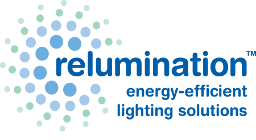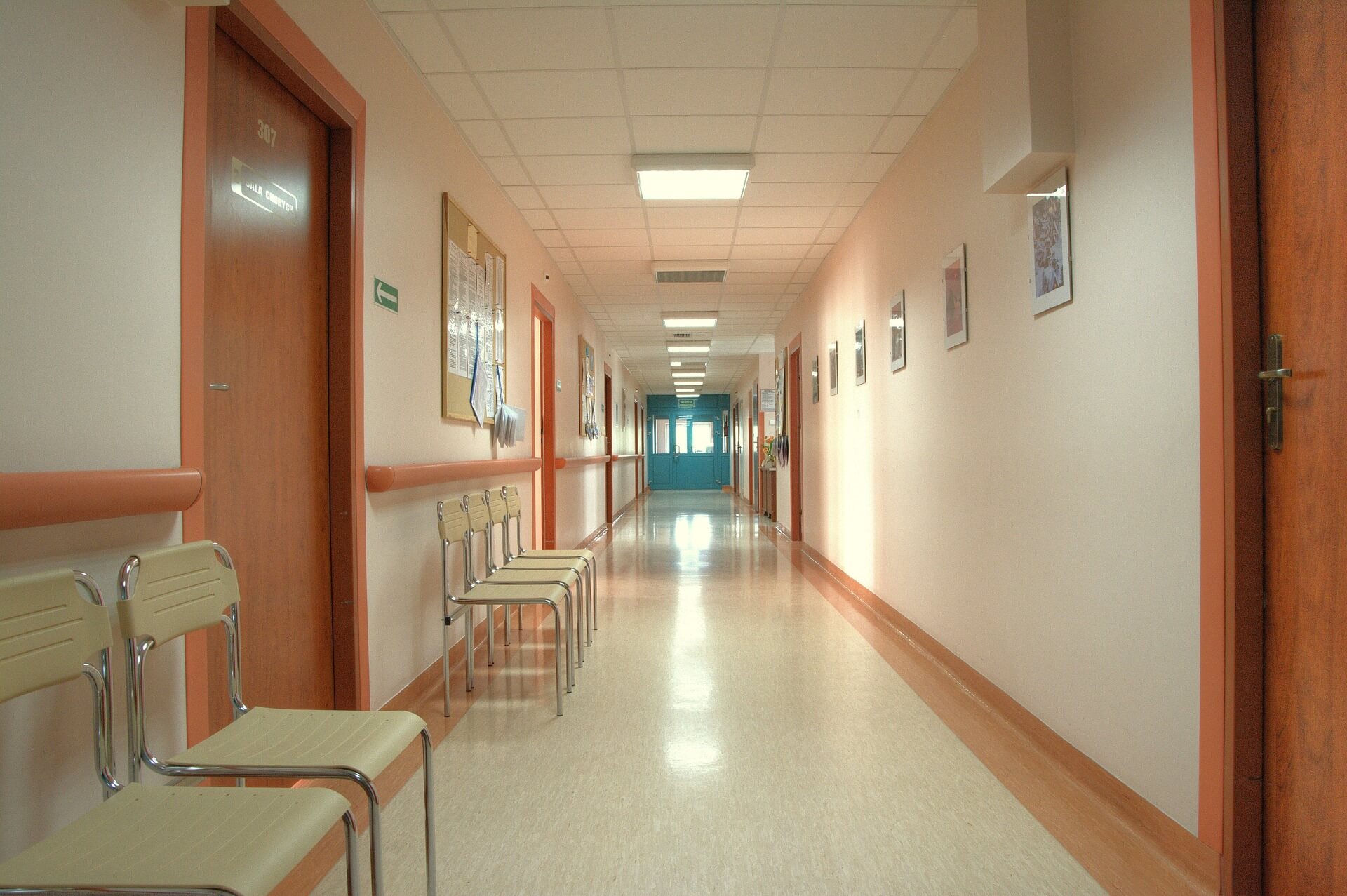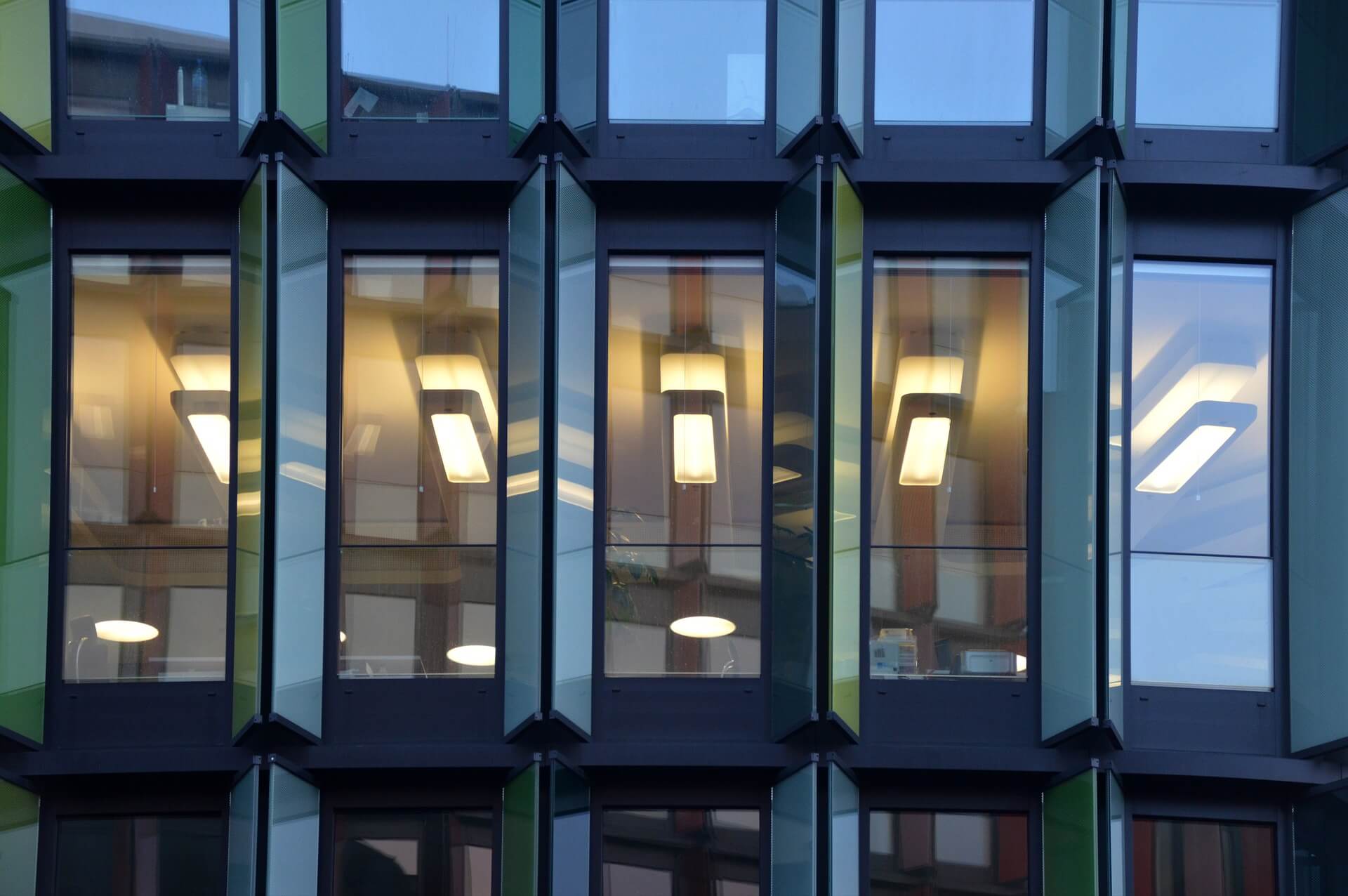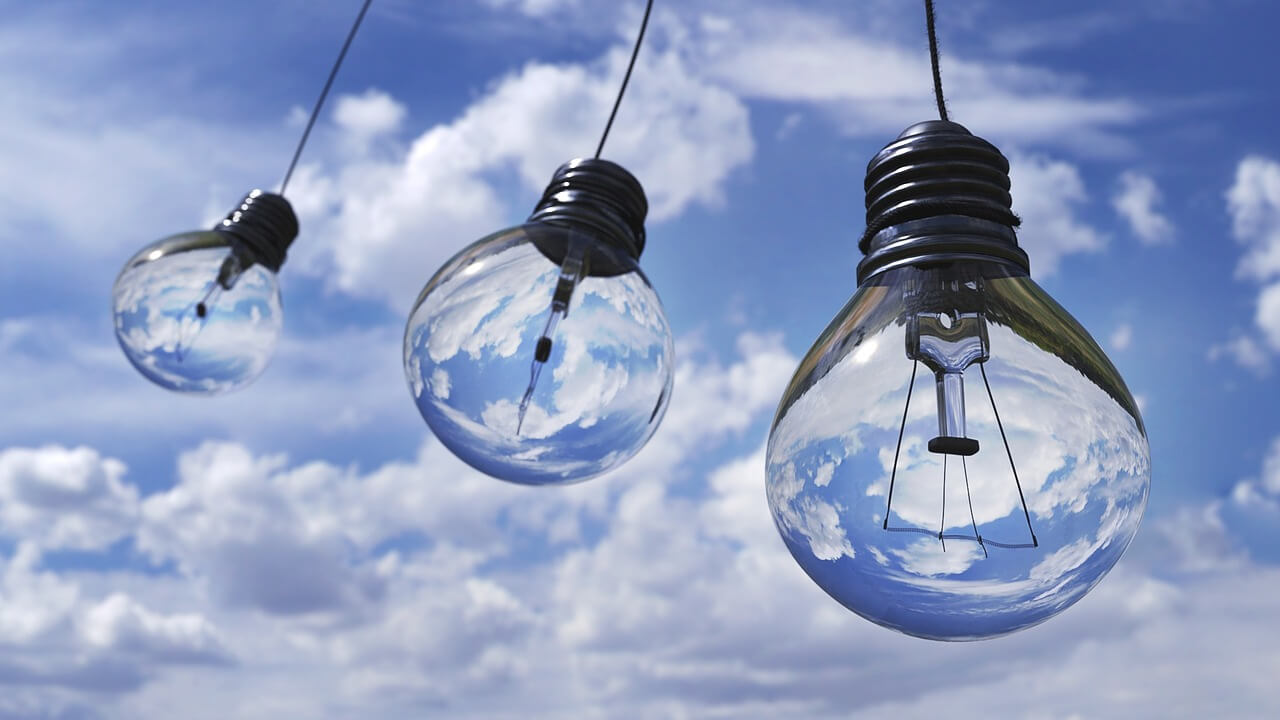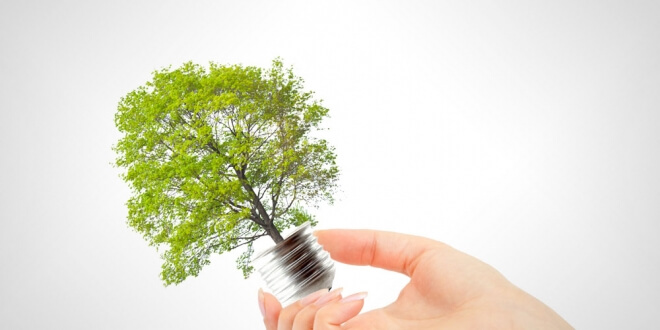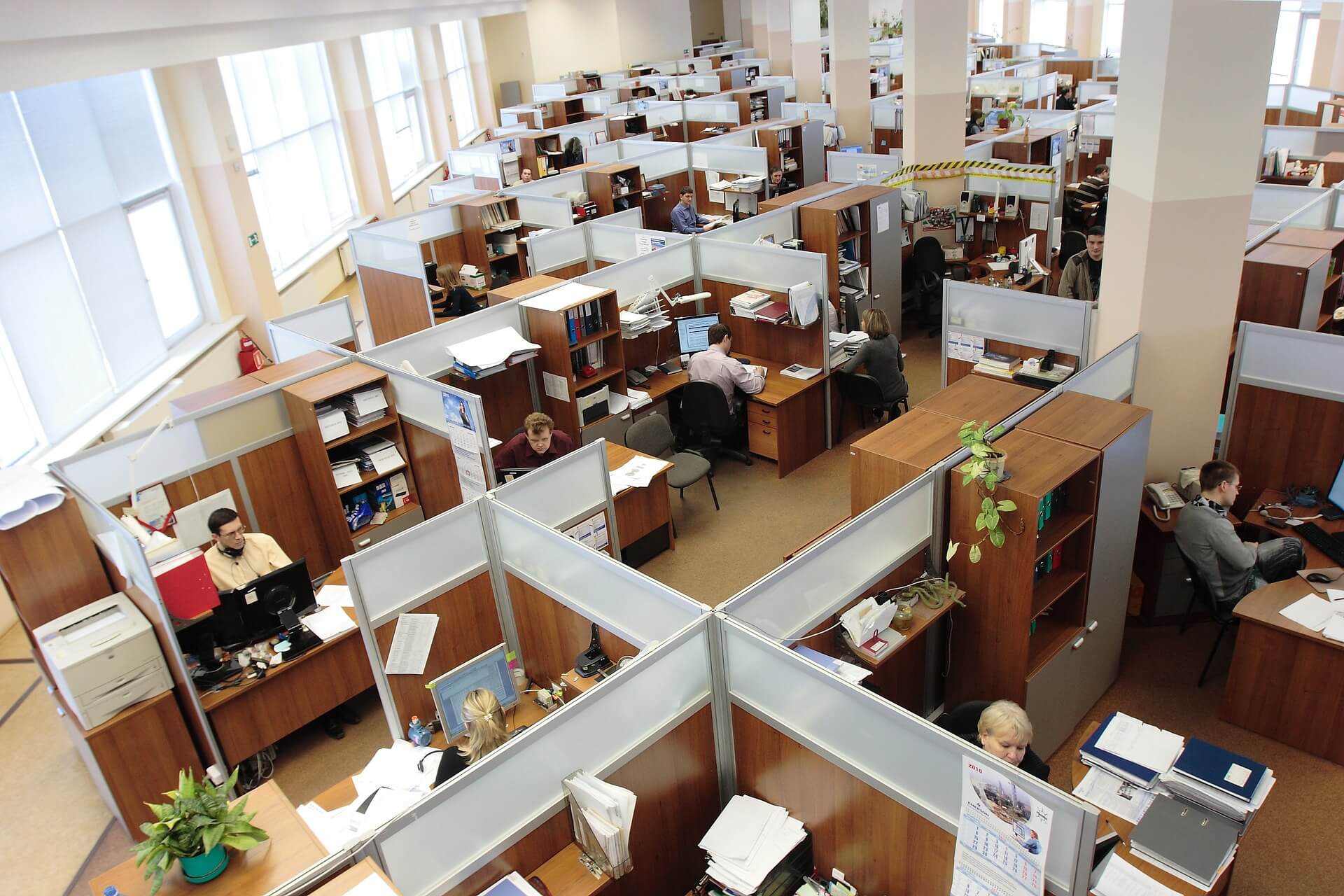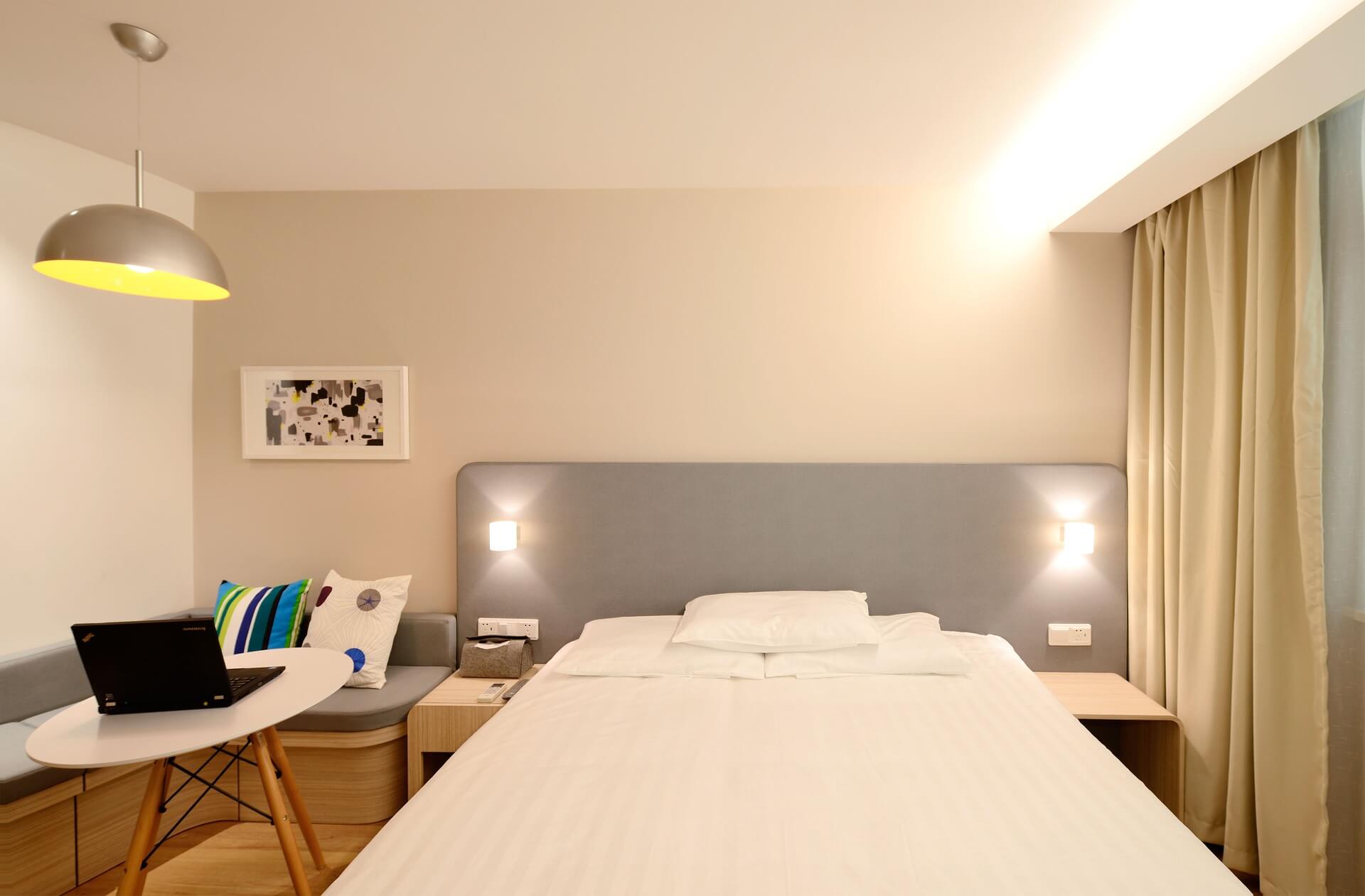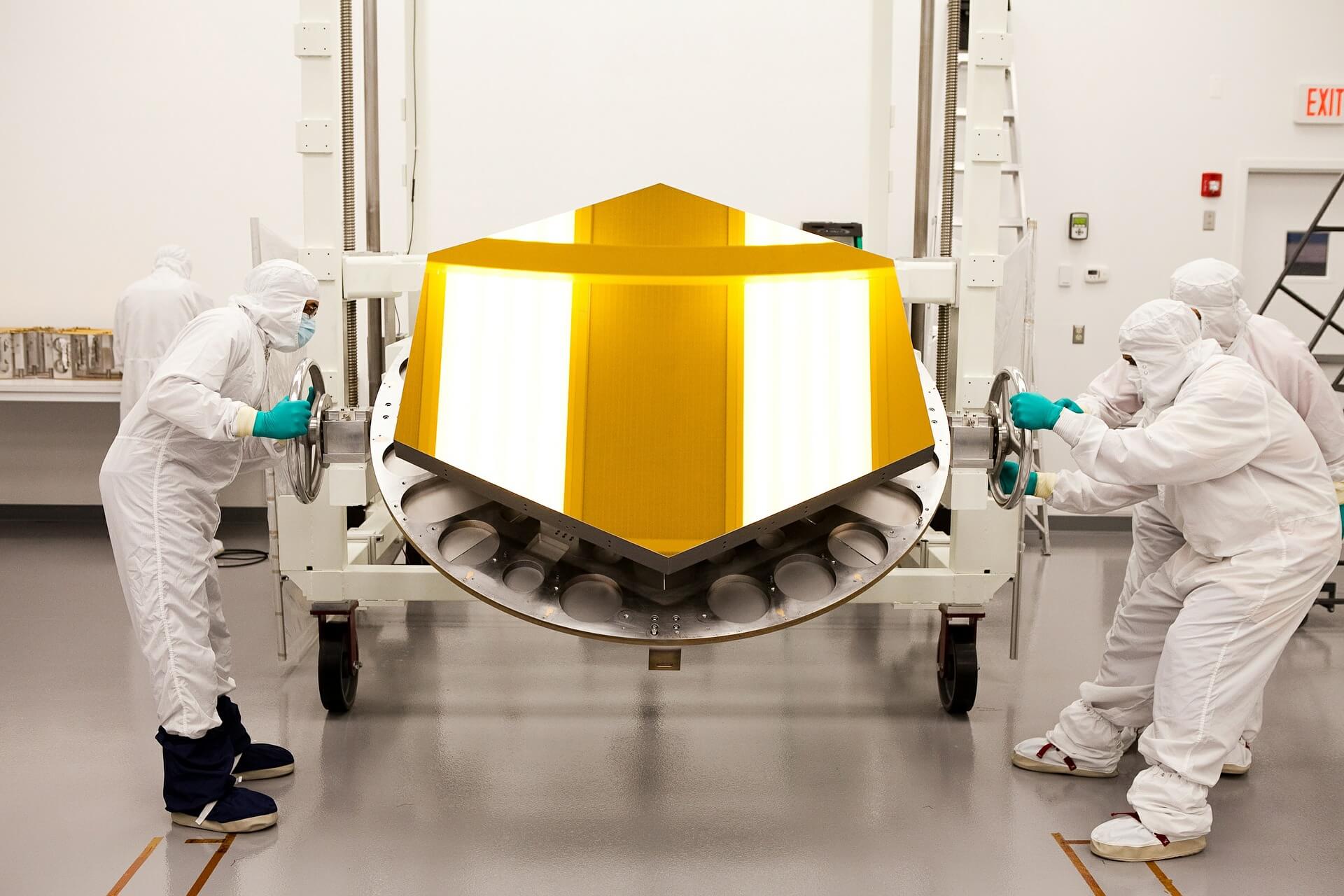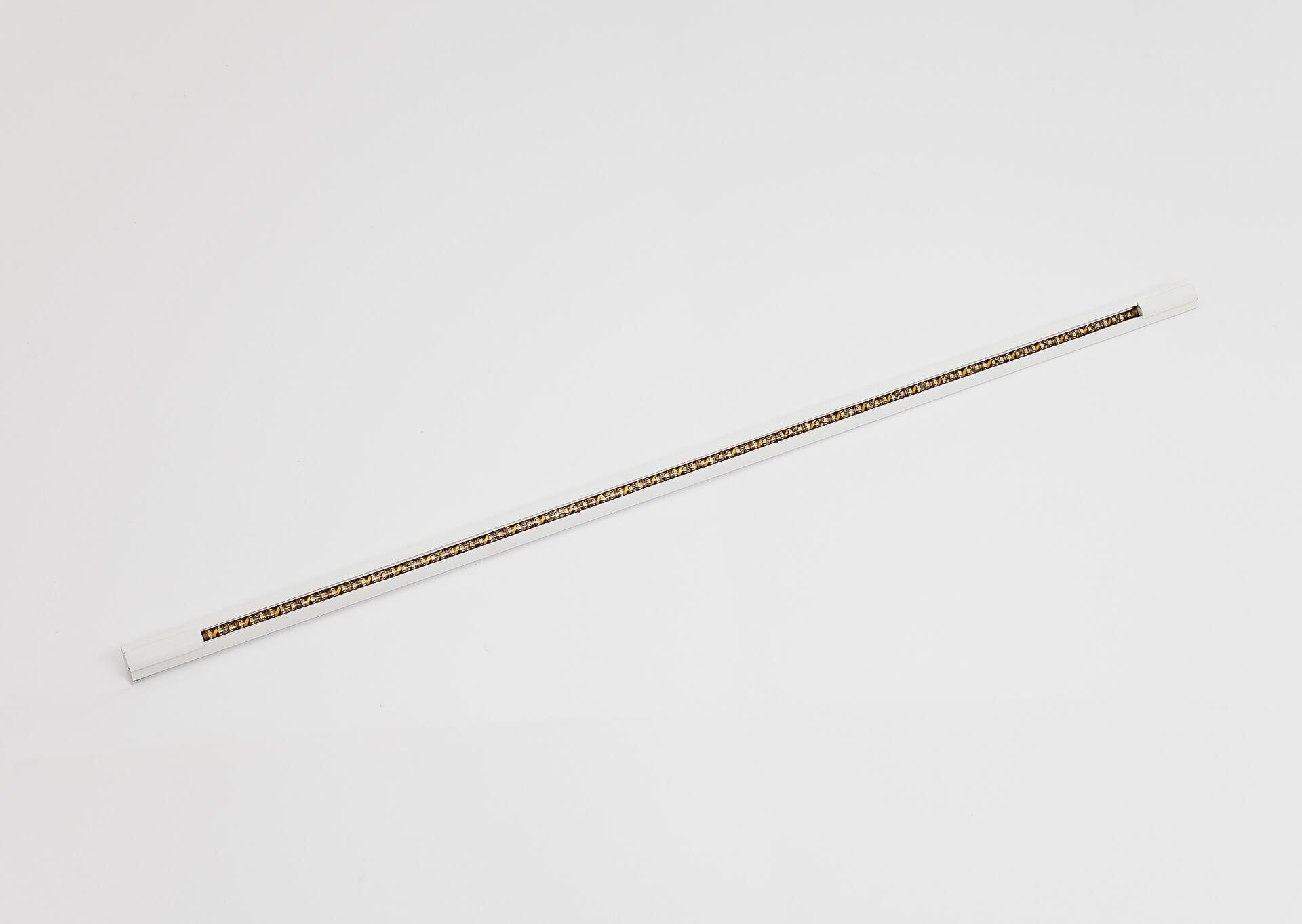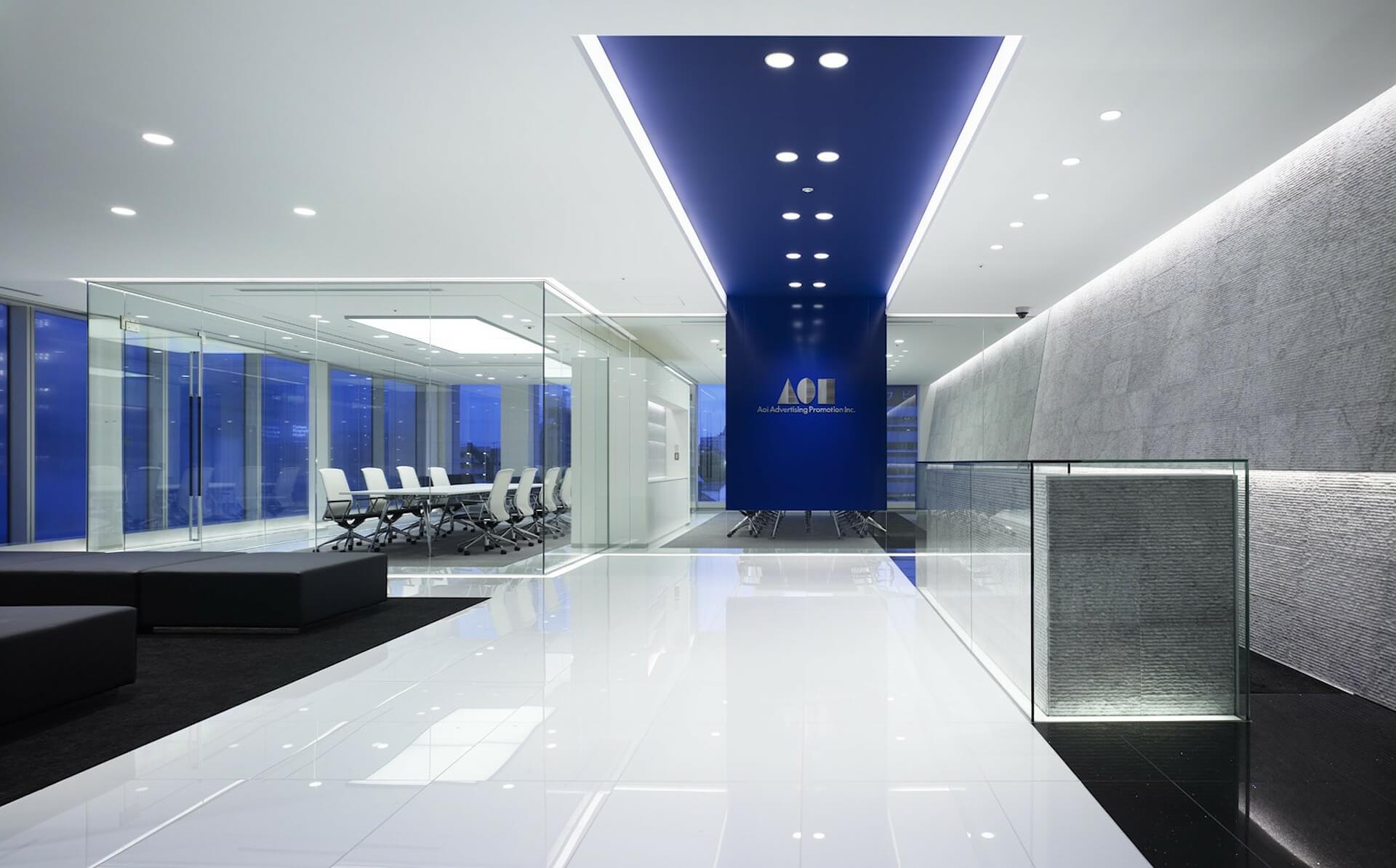For businesses in all industries and of all sizes, finding ways to reduce operating costs to improve profitability is very important. For many companies, one of the best ways to reduce costs is by reducing energy costs. For those that are looking to reduce their energy costs, working with a lighting efficiency service provider could be very beneficial as they can provide you with a number of different tips and services.
Consultation
One of the first things that a lighting efficiency expert will be able to provide you with is a consultation on your current situation. The company will be able to examine your property, your energy bills, and areas of lighting usage to determine where lighting is being used the most and where it is being wasted. Based on this information, and other information about your business, the company will be able to provide you with a detailed plan to reconfigure your lighting sources. This will help to drastically reduce the amount of light you waste in unnecessary areas of the building.
Automation System
A lighting efficiency provider will also be able to help you to establish an automation system for your lighting plan. Building automation systems provide a range of different services to organizations. One of the main benefits is that it can help to control energy and lighting usage at your property. For example, this can include turning off lights in rooms that are not in use and reducing the amount of light used when the building is closed at night and on weekends. Over time, this can drastically help to make your property more efficient.
If you are interested in learning more ways that you could reduce your lighting usage, you should contact us to learn more about the services we provide and how we could make your property more efficient.
